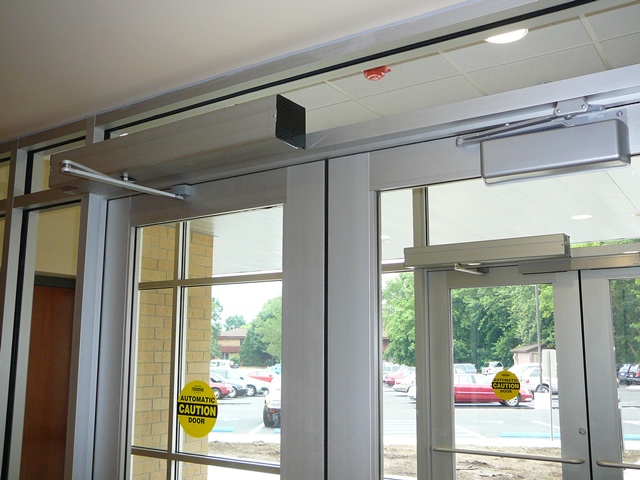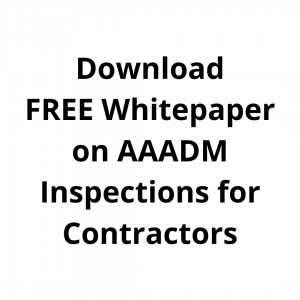Contractor Automatic Door Obligations
There are numerous complexities to consider when choosing an automatic door in a new construction application. In order to choose the correct automatic door for your application, consider building layout, clients, number of pedestrians, and anticipated abuse. Automatic and swing door operators are utilized in many different settings.
As a contractor responsible for numerous trades, it’s difficult to stay up to date on all the codes. This is where Oregon Door Consultants comes in to help. Together with you, the architect, the owner, the supplier, and the installer and access control, we can help facilitate the project to make sure all the pieces flow together properly and the doors work flawlessly with the security provider.
There are three classifications of automatic doors: automatic sliding doors, automatic swinging doors, and automatic folding doors. We aren’t going to spend any time talking about the folding doors as they are prone for failures in the field. Many of the top manufactures offer custom doors for any application. Some of these design considerations take into count sound requirements or full width breakout for emergency situations. Using a low energy operator that requires a knowing act to engage probably is not the right application for a busy hospital ER department and using a full energy operator on an ADA bathroom in an office is probably overkill.
Sometimes the hardest challenge is figuring out which automatic door manufacturer offers the right door system for the intended application. It is incredibly important they not only understand the application but will steer you in the right direction even if it is not specified. It all boils down to your relationship with your supplier and their desire to provide the “right” solution for your project.
Not all installation companies are created equal. Since operators require electricity, watch out for install companies who lack properly licensed low energy electricians on staff yet still hook up the power, when they shouldn’t.

The American Association of Automatic Door Manufacturers (AAADM), a trade association of manufacturers of automatic pedestrian door systems, advocates proper specification, installation, and maintenance of all automatic doors. When meeting with prospective suppliers and installers, AAADM recommends asking them for proof of compliance with codes and standards for all their automatic door products.
You should also verify that qualified technicians with AAADM certification be responsible for installing the selected automatic doors. Besides obtaining input from the potential supplier, AAADM also advises facility owners to confer with an architect or consultant knowledgeable of applicable codes and regulations.

MAINTENANCE
Once all critical issues have been considered and the door installed, it is time to have a third-party inspector check the quality of the installation to make sure that it falls within the AAADM guidelines. After this has been accomplished and occupancy has been granted, it is time to start talking about the steps needed to protect the owner’s investment. Everyone overlooks the necessity to maintain doors.
A preventative maintenance program can significantly reduce the opportunity for failures by increasing performance and reducing emergency service calls. There are many preventative maintenance programs available. The number of automatic doors the facility owns, the amount of customer traffic, the age of the automatic doors, and the overall attitude toward maintenance programs typically influence any planned maintenance.
A large department store with an automatic door that is used 5000 times a day annualized to 1.5 million cycles a year. On the other end of the spectrum is a bathroom door in an office building that is used 400 times in a day annualized to 225,000 thousand cycles a year. Most people wouldn’t fathom that a door is used that much.
Basic Preventative Maintenance
A basic preventive maintenance (PM) contract usually provides a facility with a set number of on-site inspections. The number varies and is dependent on the needs of the customer. A hospital customer might require quarterly inspections while a hotel might be acceptable with semi-annually. During these PM visits, the inspector checks the doors comply with AAADM requirements for opening and closing time, opening and closing force, as well as if proper safety sensors are installed, and if signage is properly affixed to comply with ANSI Standard 156.10 or ANSI Standard 156.19. These standards govern the requirements for automatic door systems.
What access to the white paper? Sign up to here to receive it.
Contact us today, we can help make sure your automatic door supplier and installer are preforming at the performance level set through ANSI and the Builders Hardware Manufactures Association before they finish the job. We all understand how hard it is to get someone to respond once they get paid and have washed their hands of the job. Our inspection will help you mitigate any risk you might be exposed to based on shoddy workmanship.


